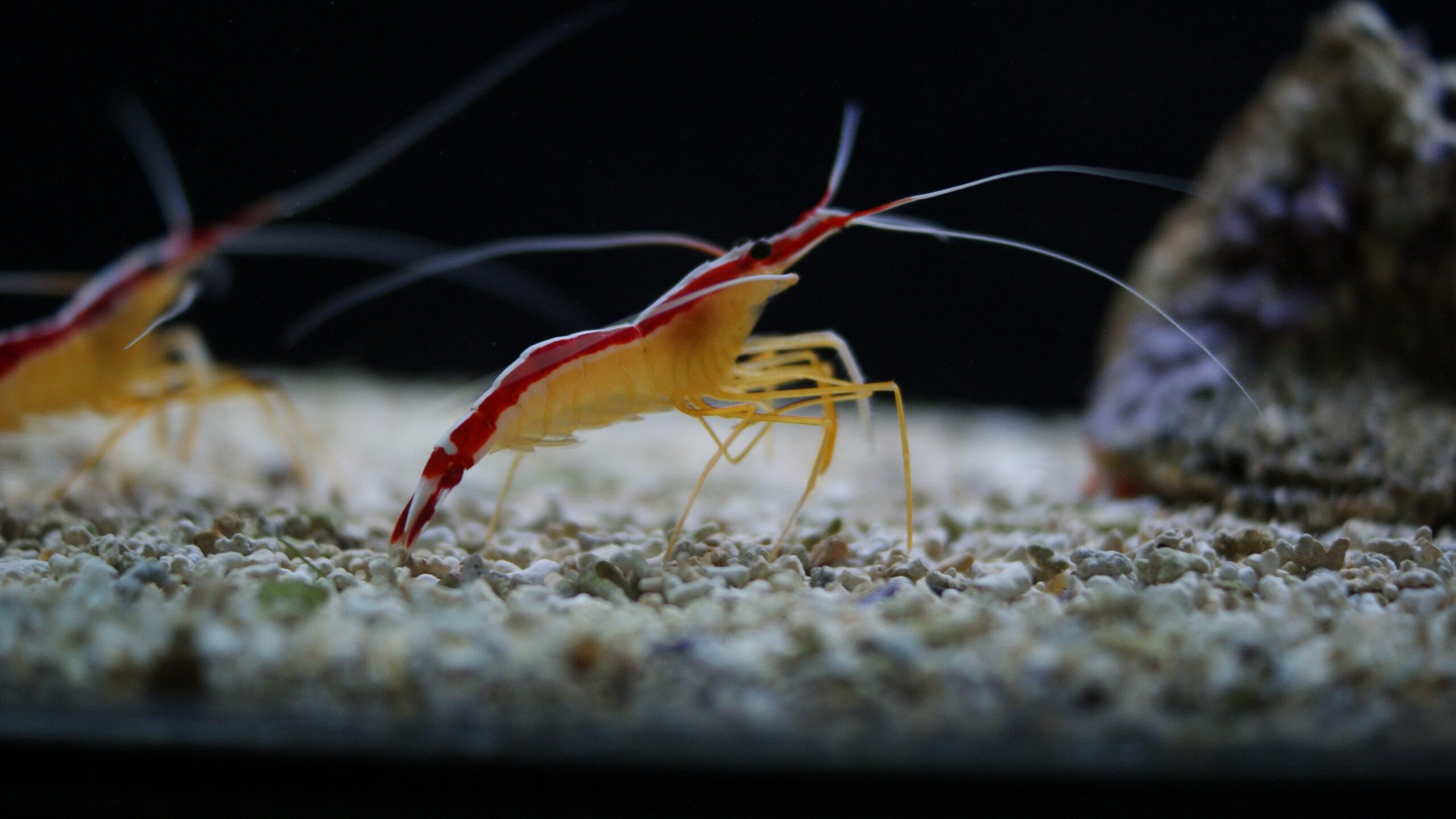Shrimp Discovered as Potential Natural Whitening Agent by Israeli Researchers
Researchers at Ben-Gurion University have found that the Pacific cleaner shrimp could serve as an alternative to substances like titanium dioxide and zinc oxide, which are commonly used as whitening agents in food, cosmetics, and paint
Researchers at Ben-Gurion University in Israel have discovered that shrimp could potentially serve as a whitening agent in food, beauty products, and paint. The Pacific cleaner shrimp species, known for its white reflectors, offers a natural alternative to substances like titanium dioxide and zinc oxide.
Titanium dioxide and zinc oxide are widely used. Titanium dioxide, in particular, is highly valued for its bright, white pigment and ability to enhance the opacity and brightness of products. However, despite their widespread use, health concerns have emerged, particularly surrounding titanium dioxide, which is used to bleach products such as flour in mass-produced white bread. In 2020, the European Union banned the use of this substance in food due to potential carcinogenic risks. Zinc oxide has also faced scrutiny for its potential health impacts.
The Pacific cleaner shrimp (Lysmata amboinensis) is a species of shrimp found in the warm, tropical waters of the Pacific Ocean. Known for their vibrant coloration and symbiotic relationship with other marine animals, these shrimps play a crucial role in their ecosystem. Their primary function is to “clean” parasites and dead skin from fish that visit their “cleaning stations.”
Researchers at the university stumbled upon the potential use of the shrimp while studying biogenic crystals. “We like to call it a mixture of strategy and serendipity,” researcher Tali Lemcoff told The Media Line. “We study biogenic crystals produced by various animals, aiming to discover new types of crystals. This was the original motivation for this project.”
We like to call it a mixture of strategy and serendipity
An old paper by Professor Rolf Elofsson and Tiit Kauri, dating back to 1971, suggested that crystals might exist in a different species of shrimp. Lemcoff’s team examined several species before finding the crystals in the cleaner shrimp. The researchers noticed bright colors in the shrimp, indicating a structural color rather than a pigment-based color.
“In the case of the cleaner shrimp it was a combination of evidence from old literature on a different species and the very bright colors that led us to look at the material that it is composed of,” Lemcoff said. “We don’t look for whitening agents, we look for materials/colors composed of organic biogenic crystals and in this case, it happens to be very brightly white.”

White cells in the tail of a shrimp. (Ben-Gurion University)
It’s true that this is an exceptionally white material, but it’s made by an organism. We have no idea how they make it; we also lack the ability to replicate it ourselves.
Dr. Benjamin Palmer, who led the project, remained cautious about the potential implications. “It’s true that this is an exceptionally white material, but it’s made by an organism. We have no idea how they make it; we also lack the ability to replicate it ourselves. Plus, we’re unsure about its commercial viability,” he told The Media Line.

Dr. Ben Palmer (Dani Machlis/Ben-Gurion University)
The discovery occurred over a project timeline of approximately 18 months. While Dr. Palmer was circumspect about its potential commercial applications, Lemcoff clarified what the scientific findings could mean: “We discovered that a particular optical property (birefringence) of the nanospheres in the shrimp allows them to scatter light much more efficiently than known synthetic materials. This could lead to the production of more efficient white materials—thinner, brighter, and using less material. However, commercialization is still purely hypothetical.”
Birefringence, or double refraction, is an optical property where a ray of light splits into two rays when it passes through certain types of materials, such as calcite crystals and some polymers. Each of the split rays takes a slightly different path, and this can result in interesting and useful optical phenomena. The degree of birefringence can be influenced by the molecular structure of a substance or material.
Both Lemcoff and Palmer reiterate that any potential commercial applications for the shrimp-derived whitening agent remain a matter of conjecture. The road to synthesizing and mimicking these efficient nanospheres with birefringence is yet to be traversed.


